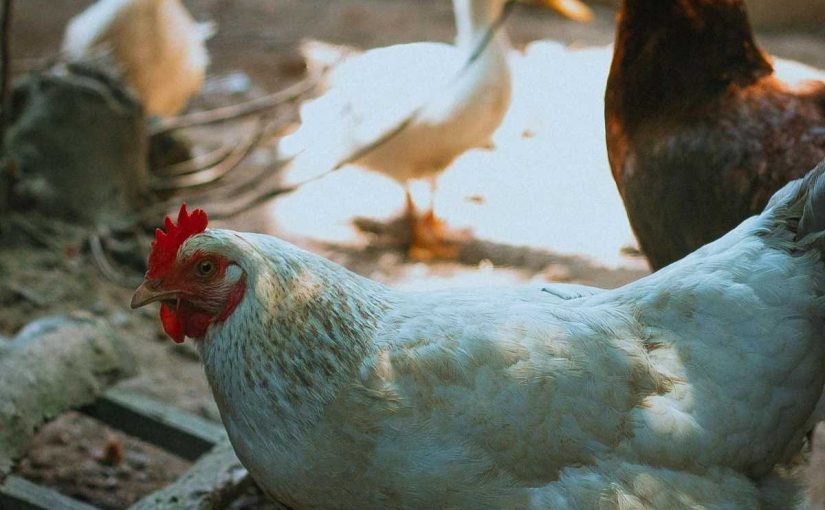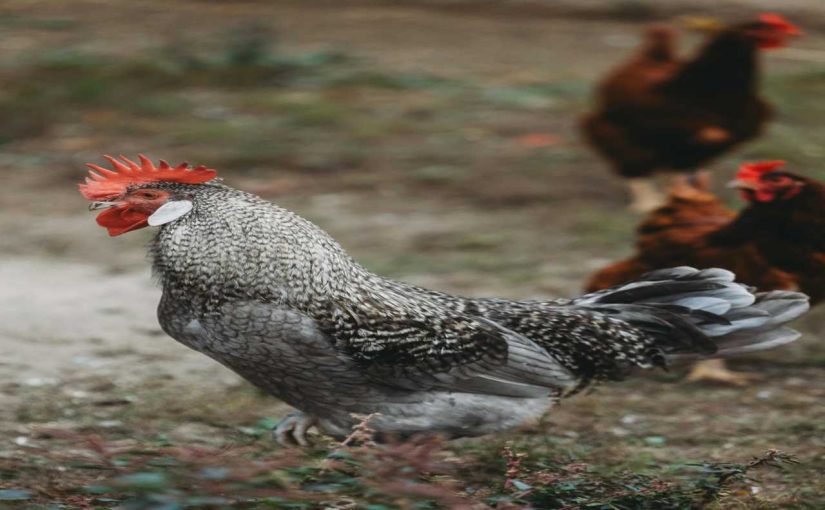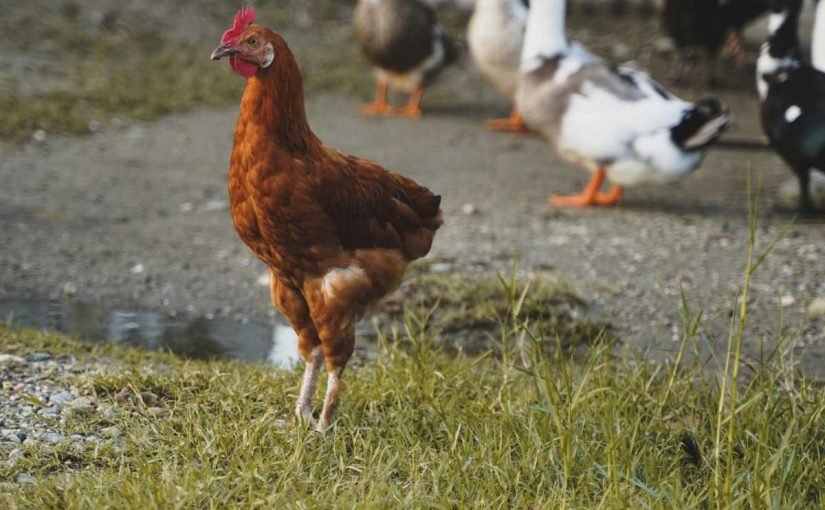Raising chickens can be a fun and rewarding hobby, but it also comes with challenges, especially when it comes to keeping your flock safe from predators. Knowing which animals can harm your chickens and how to protect them is very important. In this guide, we will look at the top five chicken predators, how they behave, and what you can do to keep your chickens safe.
1. Raccoons
Identification:
Raccoons are medium-sized animals with black and white markings on their faces and ringed tails. They are very clever and can often be found near people, especially in cities and suburbs. Raccoons usually weigh between 10 to 30 pounds.
Behavior:
Raccoons are most active at night and are known for being smart. They can open doors and latches, making them a big threat to backyard coops. They often hunt for chickens when they are sleeping at night.
Prevention:
- Secure Housing: Use strong locks on coop doors and windows to stop raccoons from getting in. Make sure there are no gaps where they can enter.
- Elevated Coops: Build your coop off the ground or use strong wire to keep raccoons out. This also helps keep chickens dry.
- Remove Food Sources: Store pet food, garbage, and any spilled feed securely, as raccoons are attracted to easy food.
Additional Measures:
- Motion-Activated Lights: Install lights that turn on when something moves near the coop to scare raccoons away.
- Electric Fencing: Consider adding electric fencing around the chicken area for extra protection.

2. Foxes
Identification:
Foxes are small to medium-sized dogs known for their bushy tails and pointy ears. Common types include the red fox and the gray fox. They typically weigh between 8 to 24 pounds and are agile and smart.
Behavior:
Foxes are clever hunters and usually hunt during the early morning or late evening. They can dig under fences to get to chickens, so they are a serious threat.
Prevention:
- Fencing: Build a strong fence that goes at least 12 inches underground to stop foxes from digging under it. Make the fence at least 6 feet tall to keep them from jumping over.
- Secure Coops: Make sure the coop is locked up tight at night and that all openings are covered with strong wire.
- Guard Animals: Consider using dogs, llamas, or even geese to help scare foxes away.
Additional Measures:
- Trapping: If you see foxes trying to get into your yard, consider humane traps to relocate them safely.
3. Hawks and Other Birds of Prey

Identification:
Hawks, eagles, and owls are large birds of prey known for their sharp eyesight and powerful claws. Common types include the red-tailed hawk and the Cooper’s hawk. They can have wingspans of up to 4 feet.
Behavior:
These birds hunt by flying high in the sky and spotting their prey from above. They can quickly dive down to catch chickens, especially younger or smaller ones.
Prevention:
- Covering the Run: Use netting or wire to cover chicken runs and outdoor areas to protect them from birds of prey.
- Planting Shrubs: Create natural hiding spots with bushes or trees to help chickens escape when they see a predator.
- Decoys: Some people use fake owls or other larger birds of prey to scare away hawks.
Additional Measures:
- Visual Deterrents: Hang shiny objects or use reflective tape around the coop to scare hawks away.
4. Dogs
Identification:
Domestic dogs can be a big threat to chickens, especially if they are untrained or unsupervised. Some breeds, like terriers and herding dogs, have strong instincts to chase small animals.
Behavior:
Dogs may not mean to harm chickens, but their instinct to chase can lead to injuries. Some dogs may dig or jump into coops, while others may chase free-ranging birds.
Prevention:
- Fencing: Use strong fencing to keep dogs away from the chickens. Make the fence at least 4 to 6 feet tall to stop them from jumping.
- Supervision: Always watch dogs around chickens, especially if they haven’t been trained to be calm around them.
- Training: Train your dog to be friendly toward chickens. Reward them for good behavior when they are near your flock.
Additional Measures:
- Separate Areas: Create a separate space for dogs and chickens to minimize any interactions, especially if your dog likes to chase.

5. Snakes
Identification:
Snakes come in many shapes and sizes, and some are drawn to chicken coops for eggs or chicks. Common types include rat snakes and garter snakes. They can range from a few feet to over six feet long.
Behavior:
Snakes can be hard to spot. They may sneak into coops to eat eggs or small birds. Because they can fit through tiny openings, they can be tricky to keep out.
Prevention:
- Close Entry Points: Make sure all openings in your coop are sealed. Use tight-fitting doors and cover vents with wire. Check the coop regularly for gaps and fix them.
- Keep Clean: Keep the area around your coop tidy and free of clutter, which can provide hiding spots for snakes. Trim tall grass and remove debris.
- Regular Checks: Inspect your coop and nearby areas often to find and remove potential snake hiding spots.
Additional Measures:
- Egg Traps: If snakes are a problem, consider using traps designed to catch them safely.
Conclusion
Keeping your chickens safe from predators is essential for their health and happiness. By learning about the top five chicken predators—raccoons, foxes, birds of prey, dogs, and snakes—you can take steps to protect your flock.
Creating a safe environment for your chickens means you can enjoy the benefits of raising them without worrying about predators. Stay alert and use these tips to keep your flock safe and sound! Taking action now will help your chickens thrive and keep them secure in your care.



